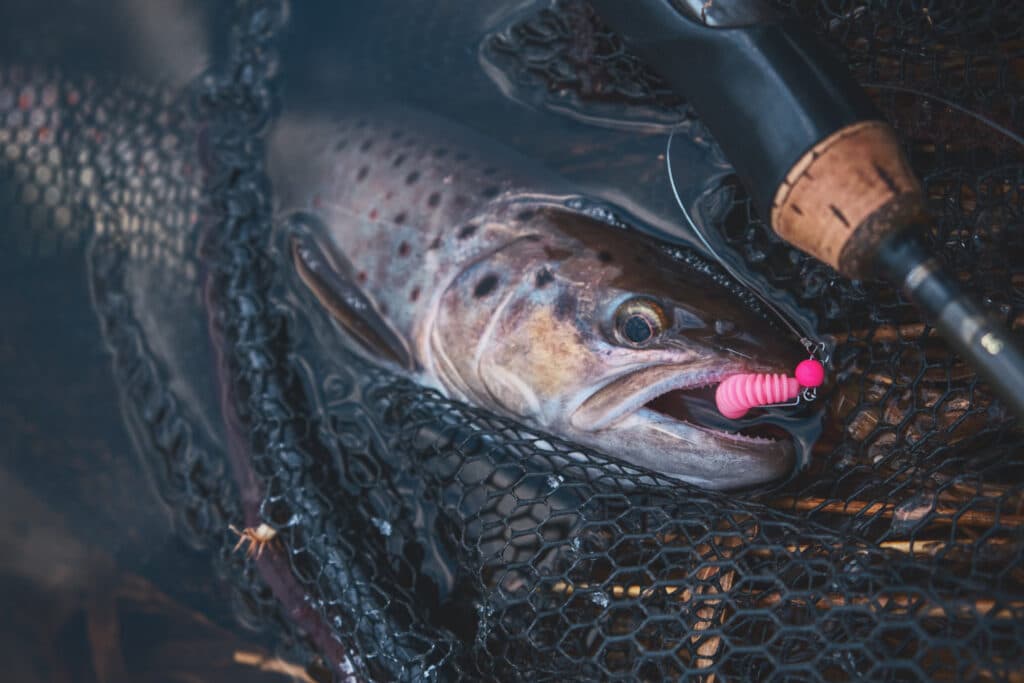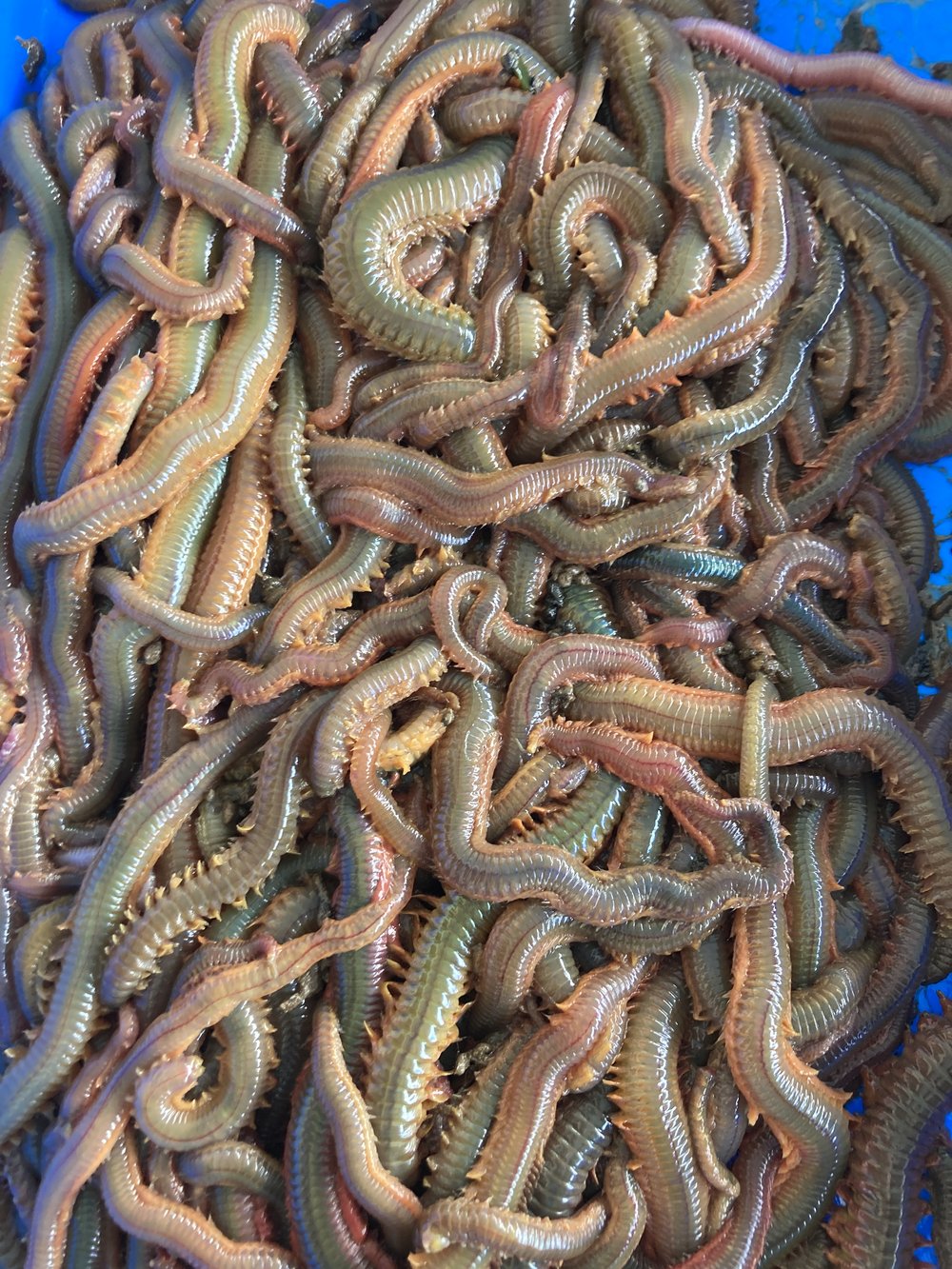The Ultimate Guide To Where To Find Red Wigglers
The Ultimate Guide To Where To Find Red Wigglers
Blog Article
Some Ideas on Where To Find Red Wigglers You Should Know
Table of Contents4 Easy Facts About Where To Find Red Wigglers ShownWhat Does Where To Find Red Wigglers Mean?The smart Trick of Where To Find Red Wigglers That Nobody is DiscussingA Biased View of Where To Find Red WigglersAn Unbiased View of Where To Find Red WigglersNot known Details About Where To Find Red Wigglers
For ideal results, you want to aim for concerning 60-70% wetness level. The most basic test for this is to squeeze a handful as hard as you can. At the excellent dampness levels which is just under 70% that handful must barely generate one drop of fluid. pH in a worm bin is quite easy to keep.
The Indian Blue is ravenous, yet also likes a warmer climate and it also exhibits a tendency to leave the bin. The red wiggler is a hardy worm and isn't as picky concerning its climate. I like to call it the Ford Taurus of vermicomposting worms; you will not boast to your hardcore composting pals that you have them, but they will serve you well.
Like any type of various other bait, a worm's efficiency has actually pertained to depend on its presentation. H.G. "Tap" Tapply underscored this factor almost a half century earlier in among his Area & Stream columns. "A worm is such a shapeless creature," he wrote, "there doesn't seem to be quite a fisherman can do with it other than jab it on a hook and throw it into the water." As Faucet demonstrated, an angler can do a good offer to make a worm a lot more appealing.
The Main Principles Of Where To Find Red Wigglers
I believe you will certainly also if you attempt them. The smaller sized the trout stream, the far better worms work is an axiom that hasn't changed in the 100-plus years considering that Perry created his write-up. Fishermens of his period just stuck their rickety fly rods through alder tangles and went down a weighted worm into a deep opening.
Morning is prime feeding time, and the lightweight bait's slow descent leaves 5 inches of squirming healthy protein in full sight for a long time. After you have actually made the actors, keep the bail open and placed the rod in a forked stick. The line will certainly fall off the rod in slow loops as the worm resolves, but usually the slow-moving loops will become a blur, and the early morning will unexpectedly obtain rather fascinating.
You can fish deep and cover a great deal of area, and the crawler seems to be the ideal touch for this transitional time, when the smallmouths have yet to lock on to a recommended forage. Dark jigsblack, brown, and purpleseem to match the nightcrawler's shade. I usually use an entire 'crawler, favor marabou dressing, and drop the pole for 2 or 3 secs when I get a hit.
And differentiating base from a bite can be challenging. The technique is to ease the rod back to the strike (possibly a foot) and feel for life at the end of the tightening line. If it's there, set the hook with a move as opposed to a jerk. Every now and then you'll discover yourself hooked to those slow-moving, hearty tugs, and feel the weight of a good walleye.
Getting The Where To Find Red Wigglers To Work
When the hefty walleyes carry on to the big-water shoals in the late summer season, try going after them with a bucktail jig and a 1-inch pinch of nightcrawler. The bait covers the hook point, disperses weeds, and uses a preference of victim. With absolutely nothing dangling or flapping, it remains secure despite existing, casts, or enthusiastic panfish.
Whether you're wading or angling from a boat, wandering worms is one of the terrific looking strategies for bigger rivers. For trout, a spade-dug, 4-inch garden worm is the appropriate size; for bass, walleyes, and steelhead, a nightcrawler might be a much better choice. The secret is to drift the bait with feeding and holding locations because fish in current are not mosting likely to chase down the lure, as they could in still water.
Fish the transitions: mouths of tributaries, bank-side slicks, and the sides of huge pools. His adage applies to any type of number of angling maneuvers, consisting of the matter of including an item of worm best site to a damp fly.

Little Known Questions About Where To Find Red Wigglers.
Include a couple of hundred worms and feed them two times a week. Maintain the bed linen damp yet not wet. On the food selection: lettuce, fruit and vegetable waste, and the periodic nongreasy surplus.
Similar to veggie scraps, you can take your utilized coffee premises and add them to a worm box. Worms enjoy consuming coffee premises. With the best conditions and moist, healthy soil, worms can live in a bucket of dirt for around 3 weeks. Shop out of straight sunshine and maintain at a temperature level in between 50 and 80 degrees.
When the heavy walleyes proceed to the big-water shoals in the late summer season, attempt pursuing them with a bucktail jig and a 1-inch pinch of nightcrawler. The bait covers the hook point, deflects weeds, and supplies a preference of target. With absolutely nothing dangling or waving, it remains safe and secure no matter existing, casts, or enthusiastic panfish.
The Facts About Where To Find Red Wigglers Uncovered
Whether you're wading or fishing from a click here to read watercraft, drifting worms is among the terrific searching techniques for bigger rivers. Where To Find Red Wigglers. For trout, a spade-dug, 4-inch garden worm is the check here appropriate size; for bass, walleyes, and steelhead, a nightcrawler may be a much better choice. The secret is to drift the bait via feeding and holding areas due to the fact that fish in present are not going to chase down the bait, as they could in still water
Strikes will certainly come as a sharp yank instead of a pull or rap. Fish the changes: mouths of tributaries, bank-side slicks, and the sides of big swimming pools. As the late Ed Zern, Area & Stream's wonderful humorist, as soon as put it: Anglers are birthed sincere yet they get over it. His rule puts on any kind of variety of angling maneuvers, consisting of the issue of including an item of worm to a damp fly.
But raising your very own bait indicates you can unclothe your house and hit the fish pond before Mom comes homejust like in the old days. Here's just how to keep a worm box: Cut a sheet of CDX-grade plywood, which is made with waterproof glues, to your dimensions. Toenail it with each other and pierce a loads 12-inch holes in the base for drain.
Where To Find Red Wigglers Things To Know Before You Buy
Include a few hundred worms and feed them 2 times a week. Maintain the bed linens wet yet not wet. On the menu: lettuce, fruit and veggie waste, and the occasional nongreasy leftover (Where To Find Red Wigglers).
Just like veggie scraps, you can take your made use of coffee premises and include them to a worm box. Worms love eating coffee grounds. With the best conditions and moist, healthy dirt, worms can reside in a pail of dust for around three weeks. Store out of straight sunlight and keep at a temperature level between 50 and 80 degrees.
Report this page